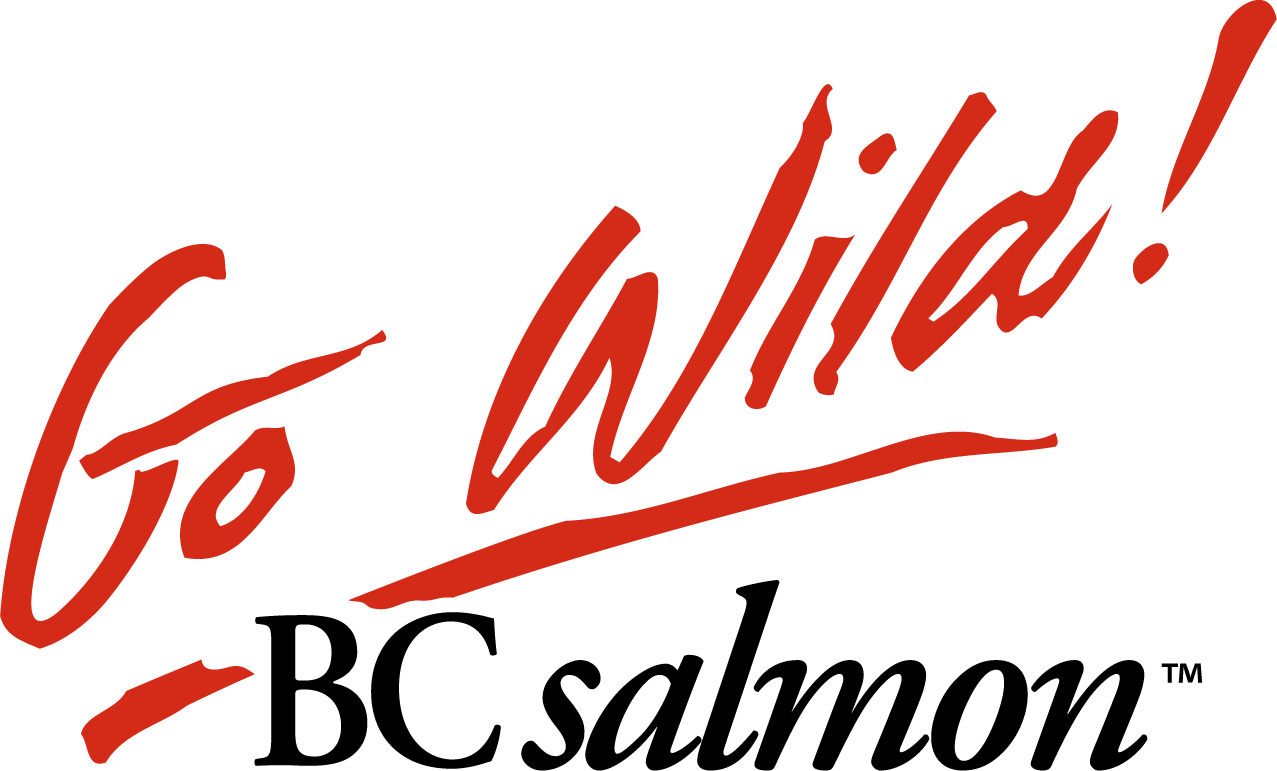The commercial fishermen primarily sell their wild BC salmon catch to licensed salmon buyers, most of whom are also licensed processors that convert the whole salmon to a wide variety of product forms.
With continuously advancing technology and distribution methods, wild BC salmon is now enjoyed by consumers all around the globe.
PROCESSING
Licensed processors or other buyers in BC also follow strict handling, grading, quality assurance and food safety practices to ensure that top quality is maintained for the consumer.
BC processors use HACCP (Hazard Analysis Critical Control Points) programs like QMP, they are meticulous, and invest heavily in how they control their in-house processes. They are also committed to only using acceptable packaging and cleaning materials. They train staff regularly to ensure they are well educated regarding company policies as well as government regulations. These processors do regular operations inspections and have check and balance protocols in place to monitor operations and the finished product. Sanitation and documentation procedures at BC processing facilities are also the best in the world.
The Province of British Columbia regulates the buyers and processors of salmon and other BC-caught seafood products by requiring an annual application for a permit or license and payment of license fees. Licenses are issued to specific types – Buyer or Processor – and by category: Salmon Buyer, Salmon Processor, and Commercial Salmon Cannery. Approximately 220 licenses are issued to buy and process salmon in BC annually. Only five salmon cannery licenses are issued annually, and only one is of a large commercial scale.
In recent years, processing methods have evolved to meet changing consumer demographics, varying demand and increased competition with other salmon and protein alternatives. The industry has accordingly invested in new efficiencies in rapid cooling, fast freezing, mechanized product portioning and many other new processing and distribution methods. Decades ago, salmon canneries dotted the BC coast and canned salmon was the dominant product form. Today however, consumers can purchase a whole array of products in addition to fresh, frozen and canned salmon including flavoured and glazed portions, smoked and cured sliced cold smoked lox, hot smoked salmon, and more.
DISTRIBUTION
Processors typically sell their salmon products at wholesale prices to distributors who cater to retail grocery chains, independent retailers, specialty shops and club stores. In some cases, larger processors sell directly to retail chains and club stores.
The food supply chain has also become ‘globalized’, meaning products can now be shipped safely to consumers nearly anywhere in the world via numerous modes of transportation. As a result, wild BC salmon products are enjoyed today by seafood lovers in over 55 countries around the world.
DOCKSIDE SALES
Some fishermen also sell all or a portion of their catch directly to the consumer and most often from their boat at designated sales docks located on the Mainland of BC or on Vancouver Island.
At the sales docks, rules and regulations are in place to ensure that industry regulations are followed and that the consumer is buying a safe product. For example, all product being sold must be either: a) freshly caught; b) commercially frozen; or, c) flash frozen-at-sea aboard a vessel with flash freezing equipment that meets the requirements set forth in the Department of Fisheries and Oceans Inspection Regulations.
As well, only whole fish can be sold directly to the customer. Gutting, cutting, or processing product in any way is prohibited at the dock, and any dressing of product must be carried out prior to arrival at the sales dock. Processed seafood (ie. smoked, dried, canned, steaked, etc.) cannot be offered for sale from a fishing vessel.
